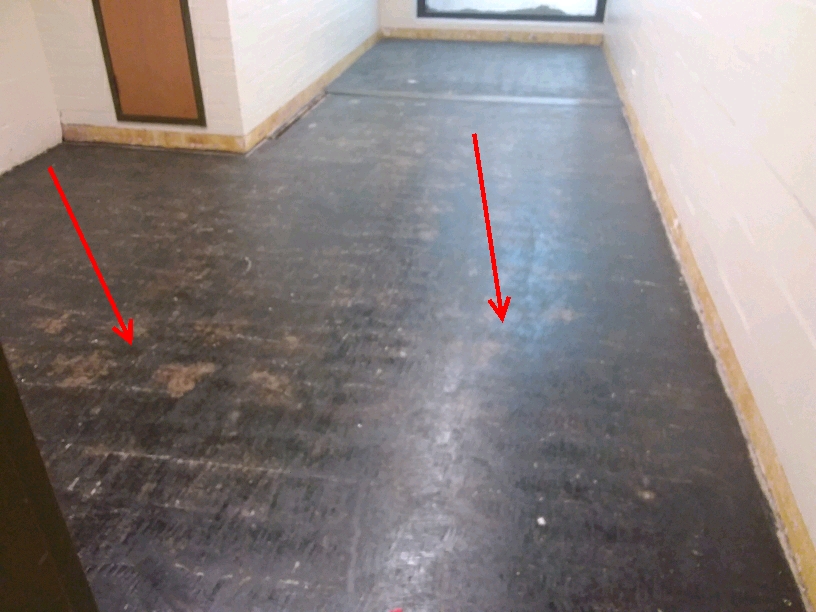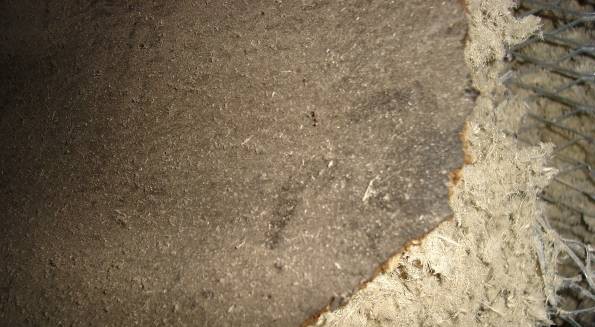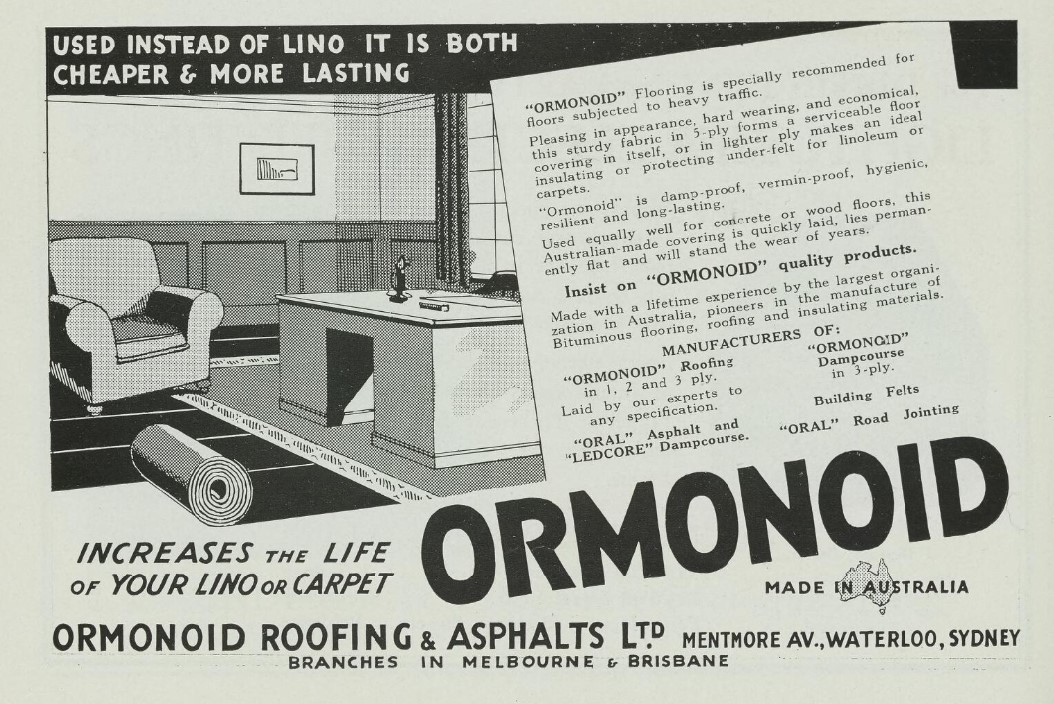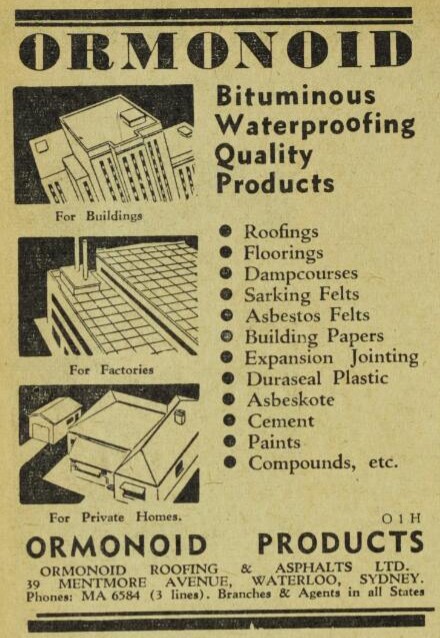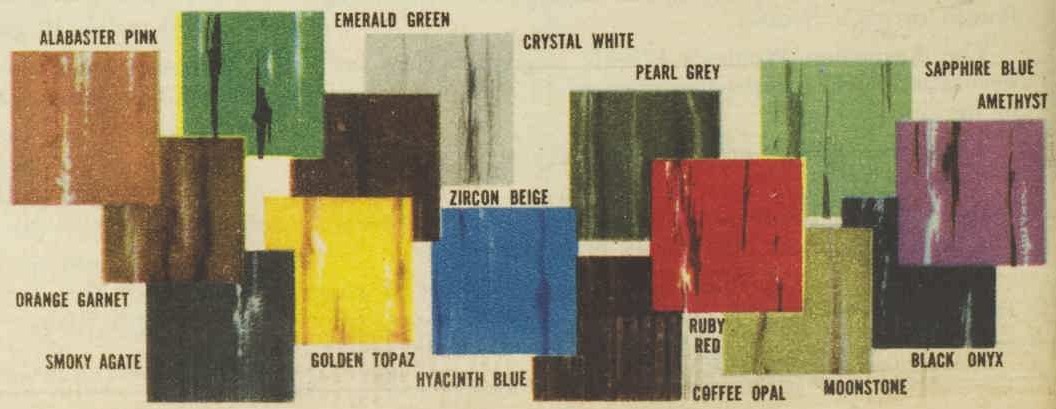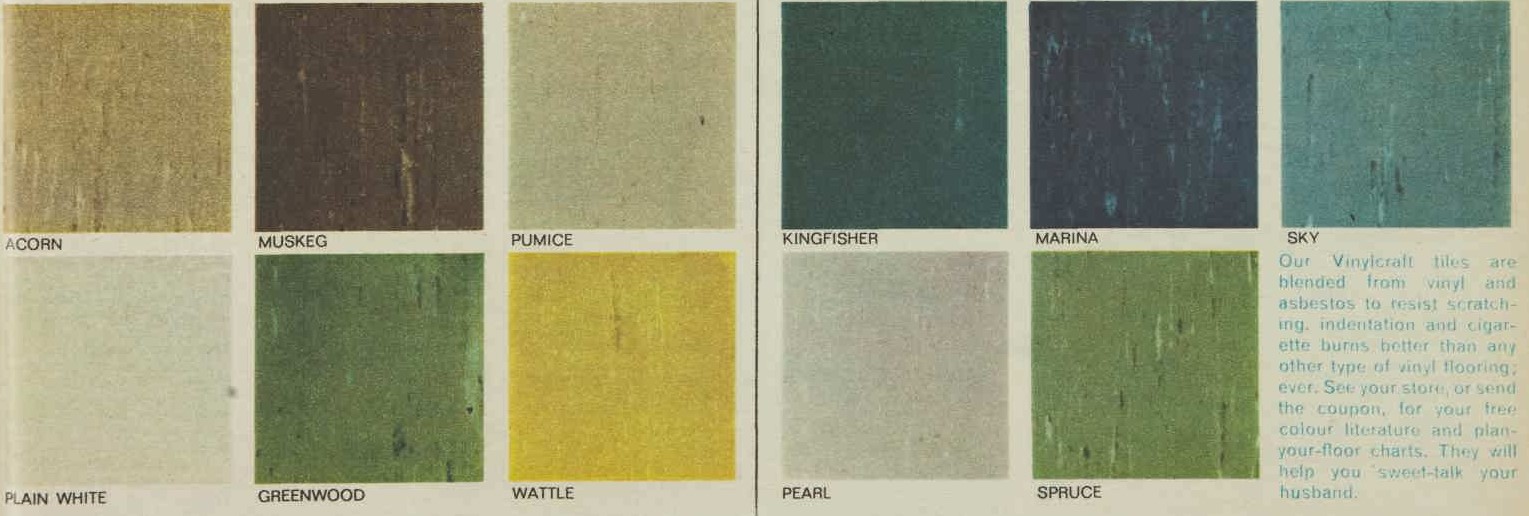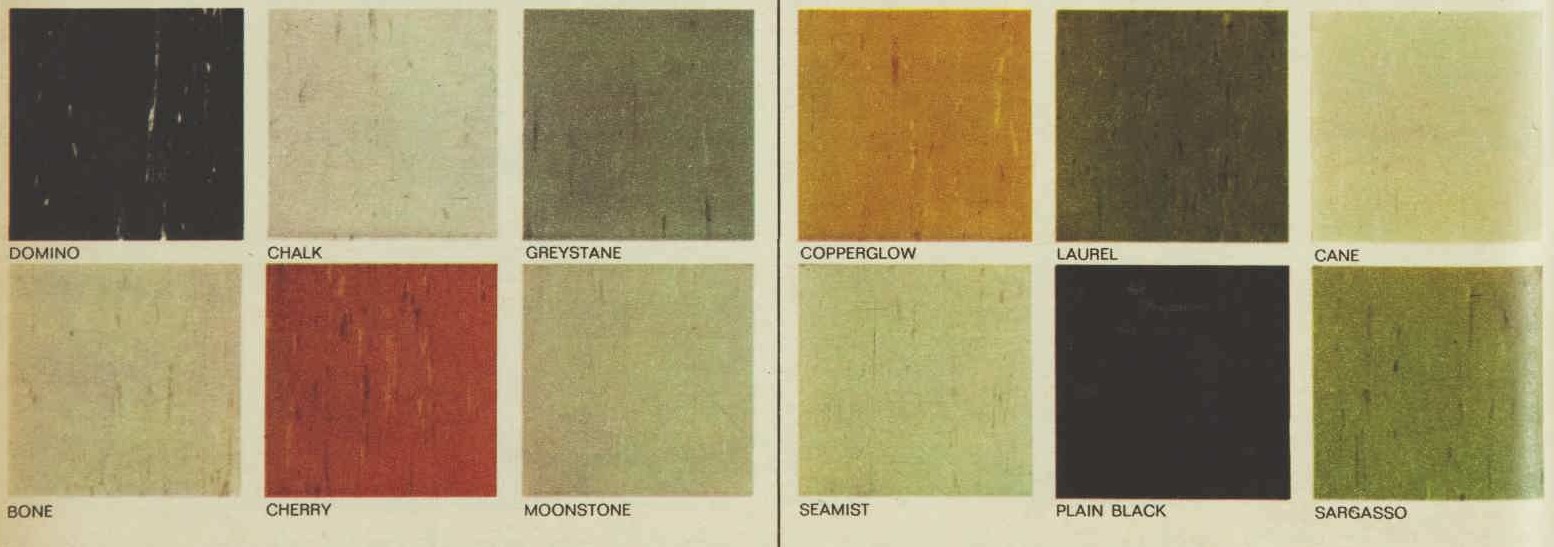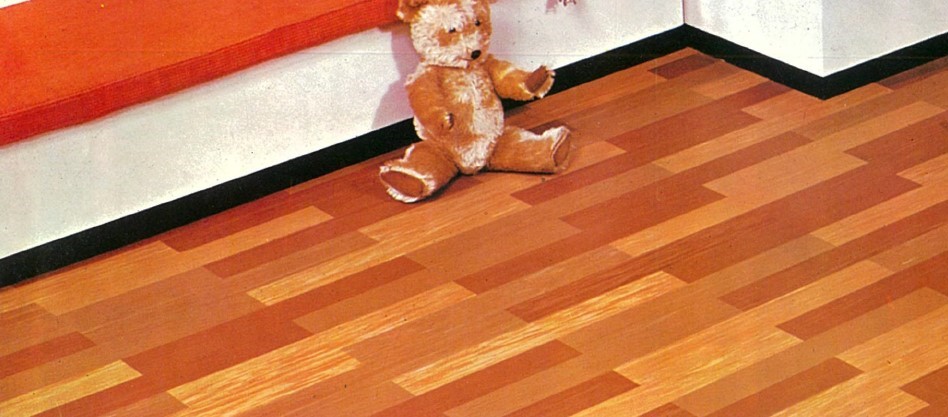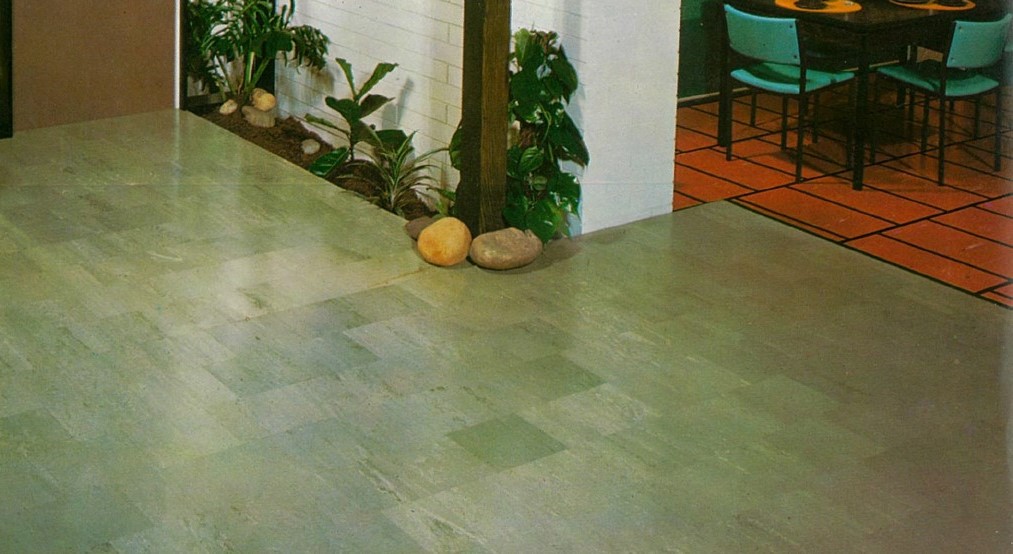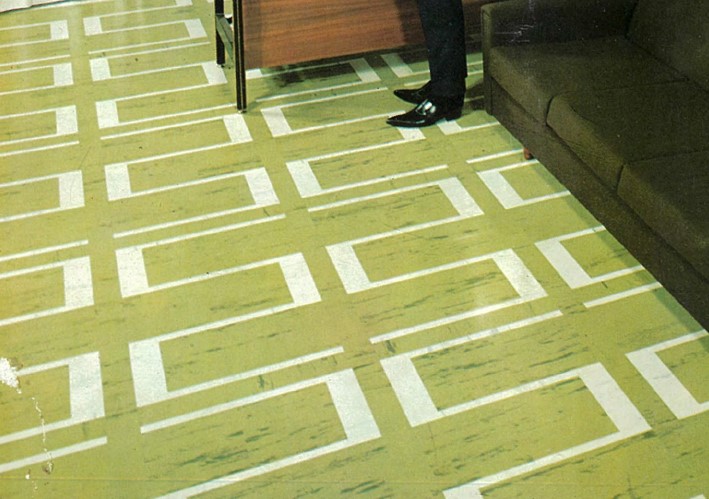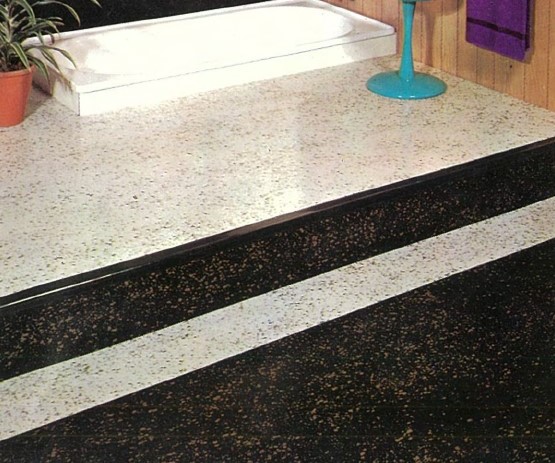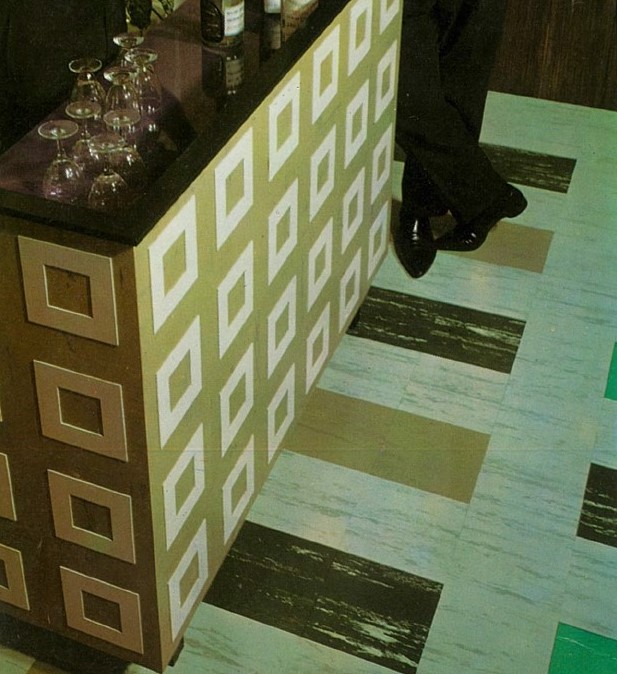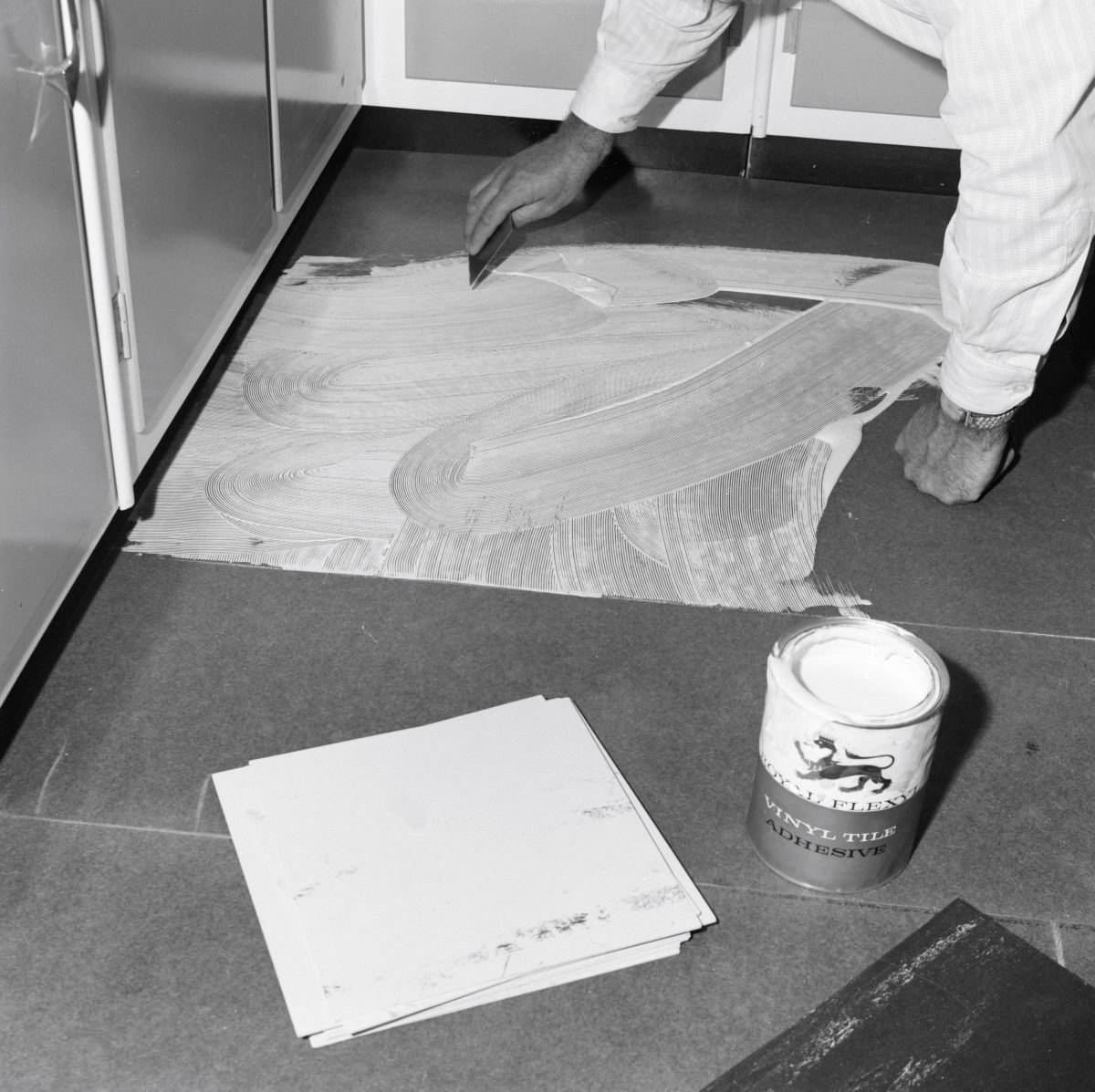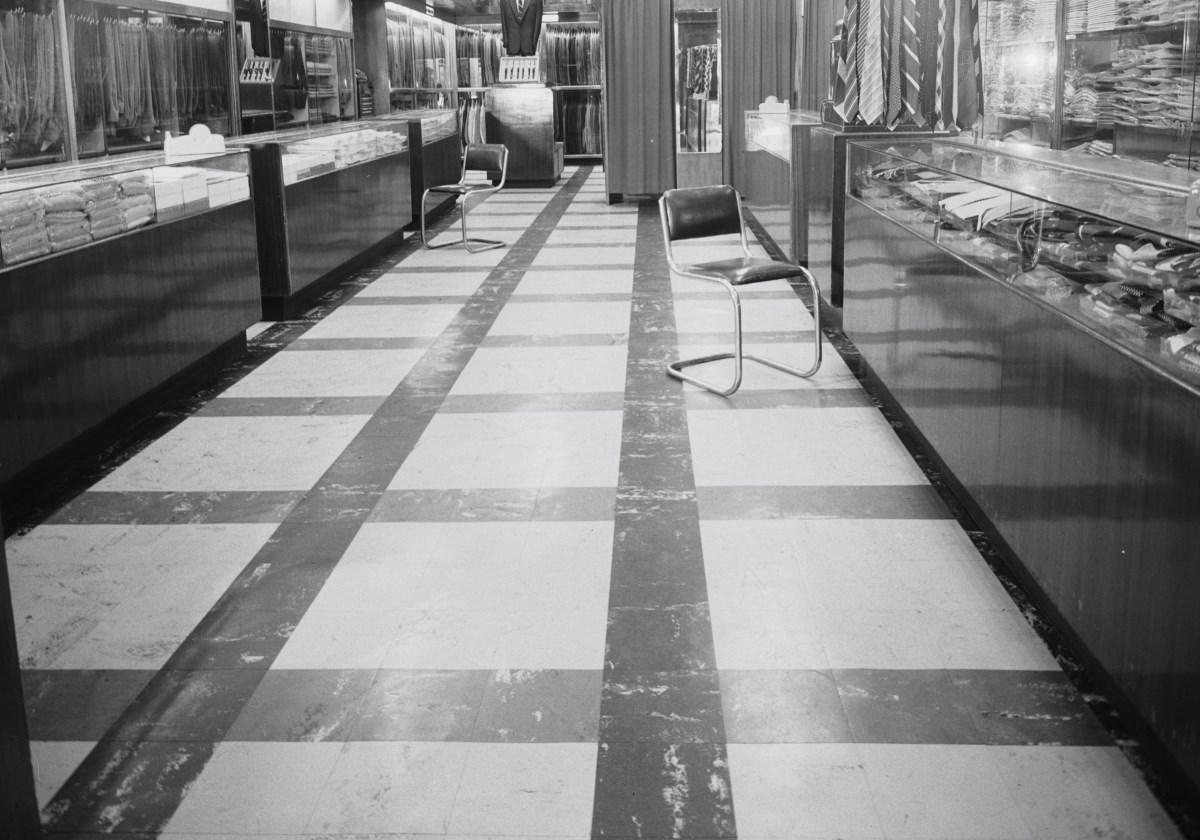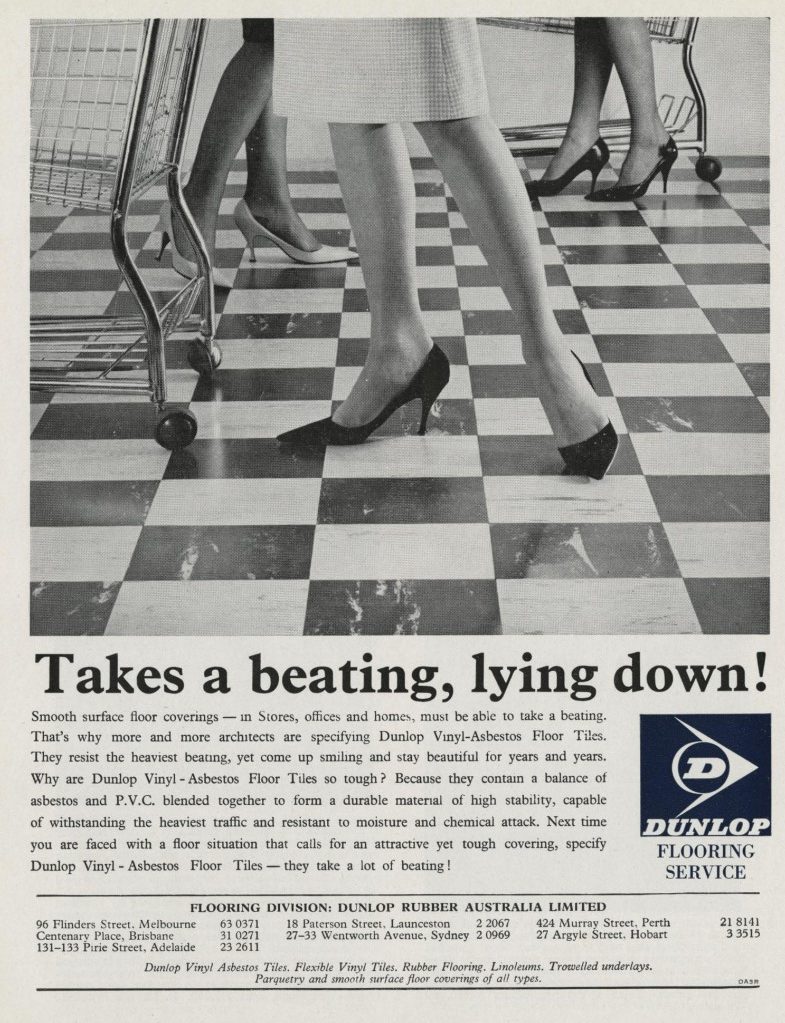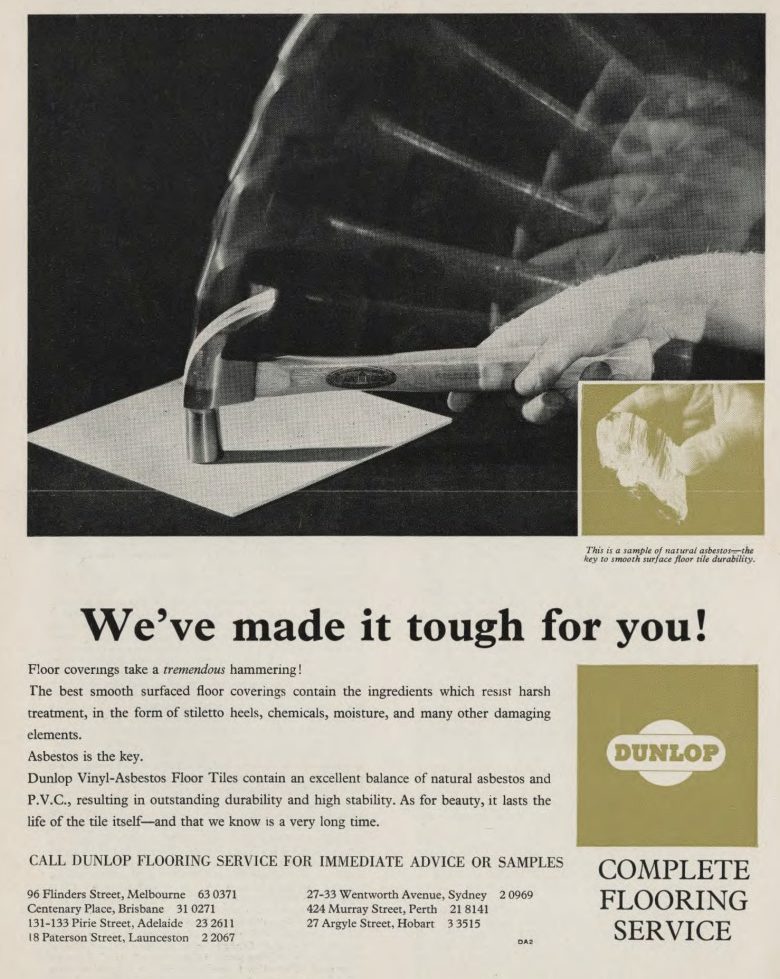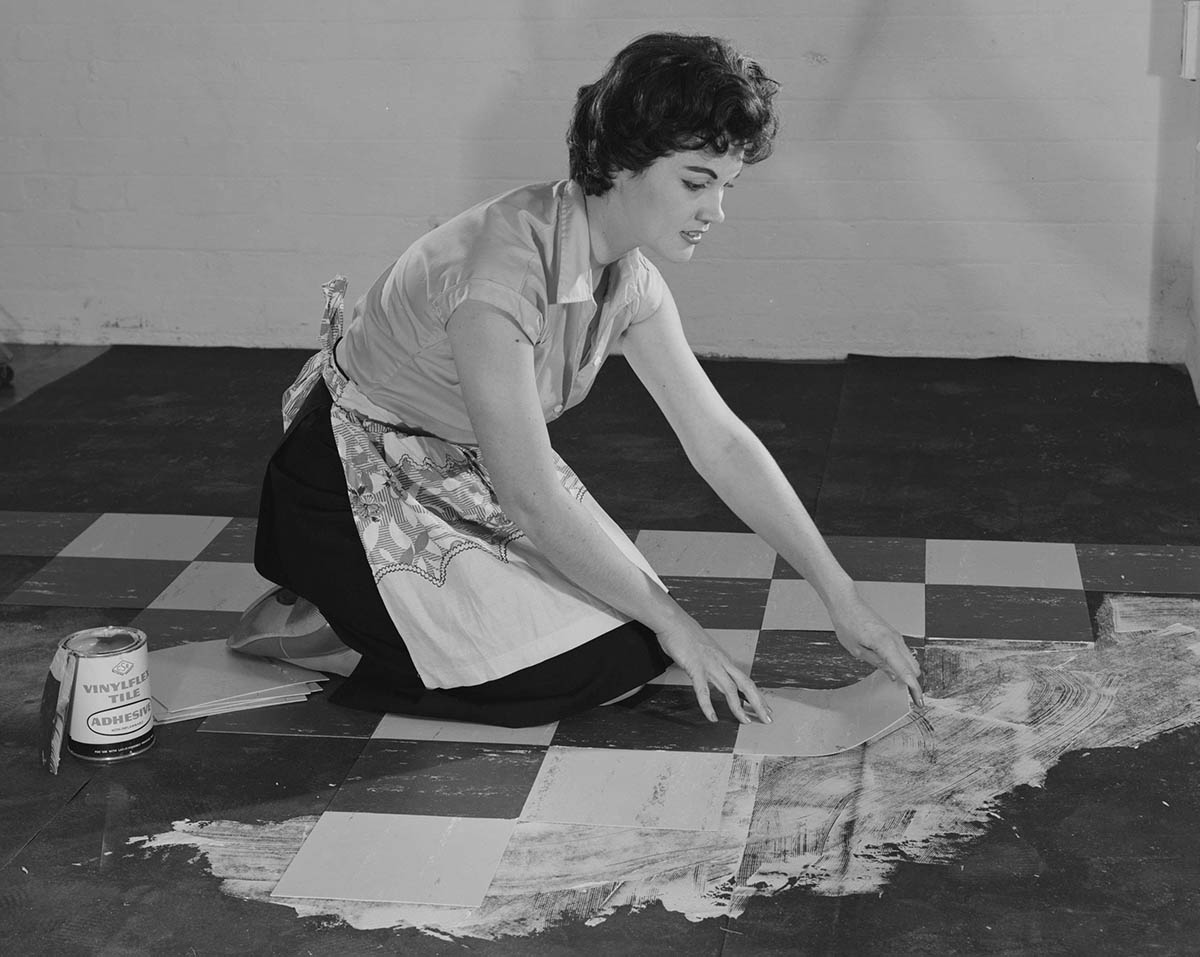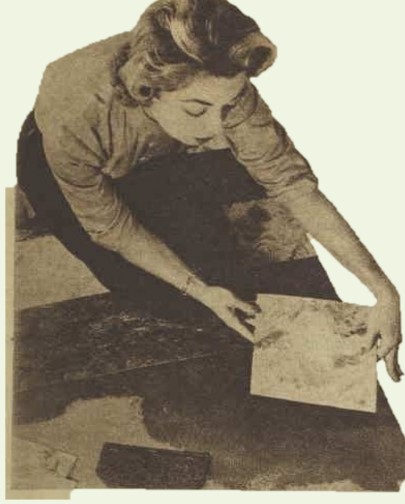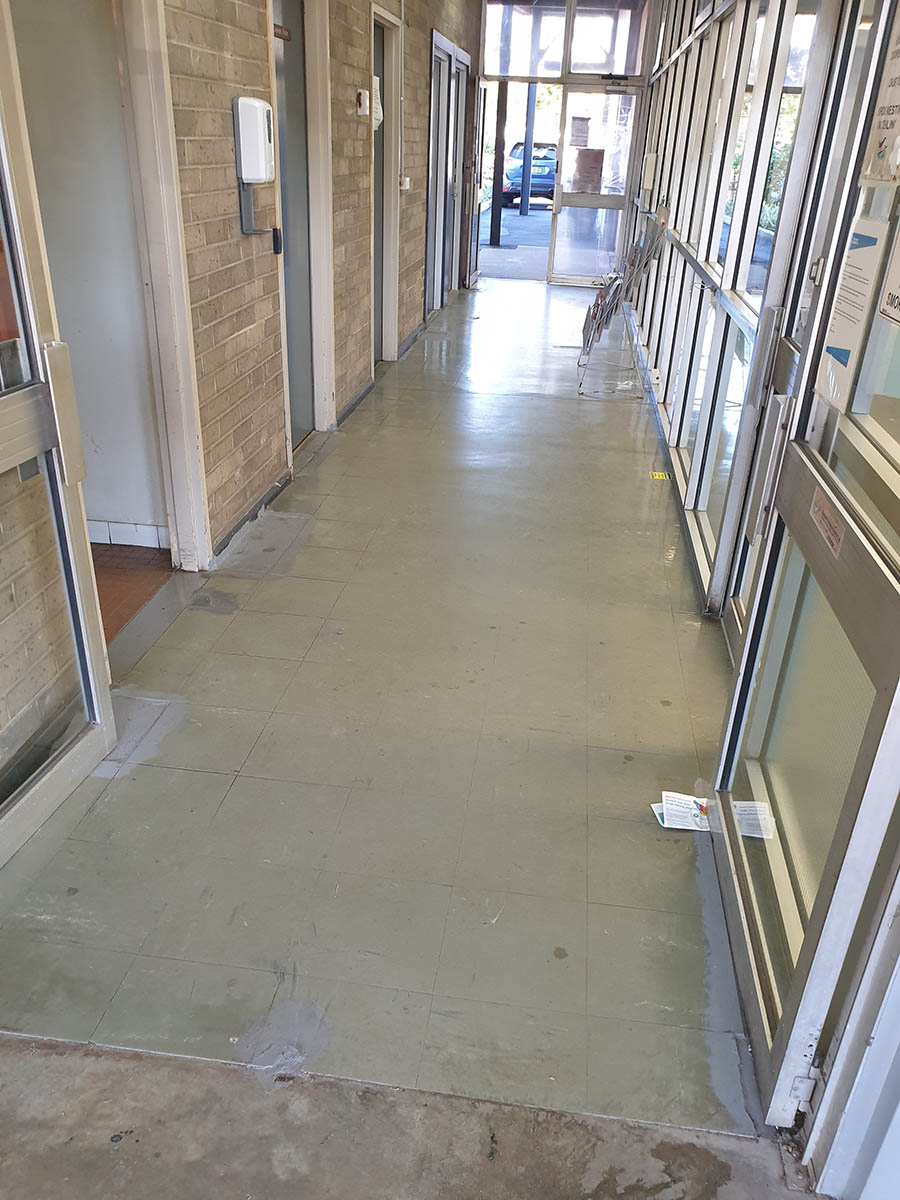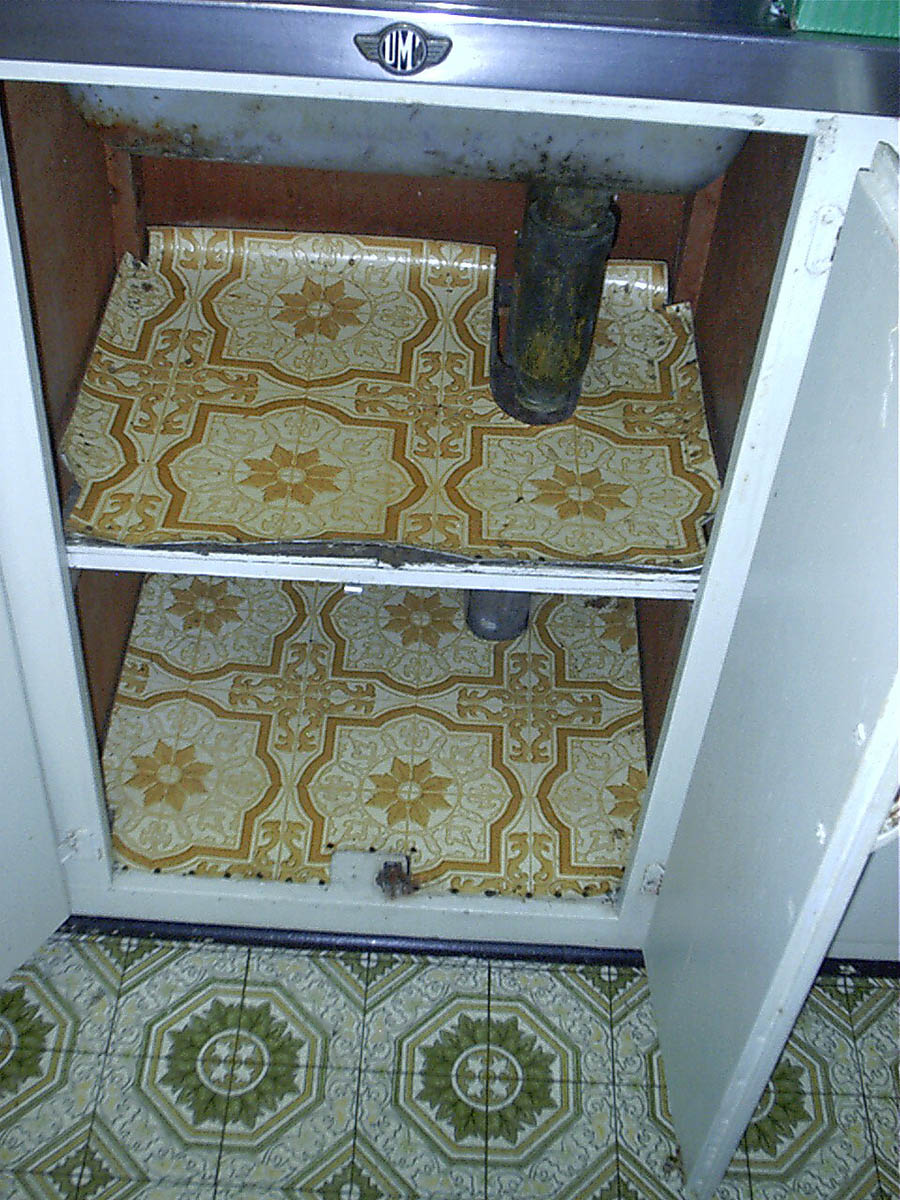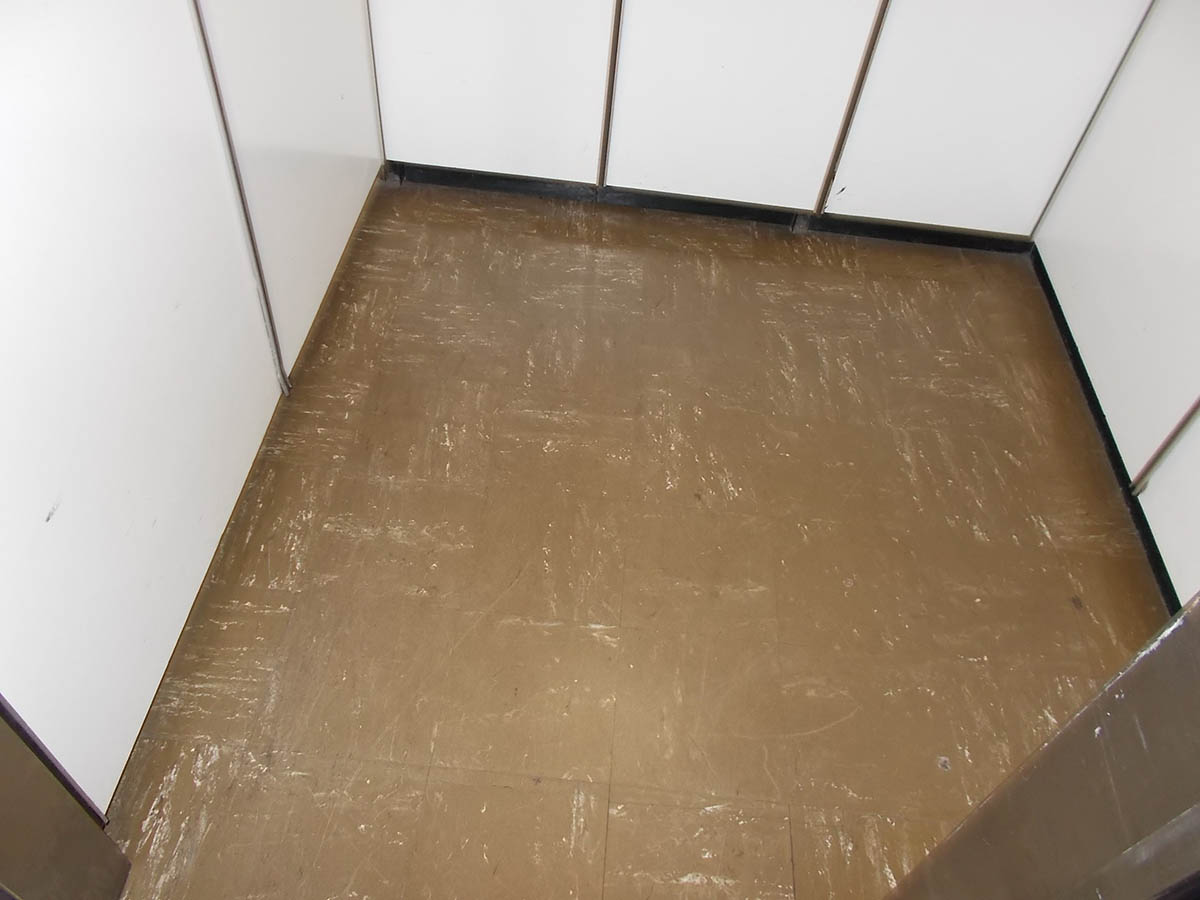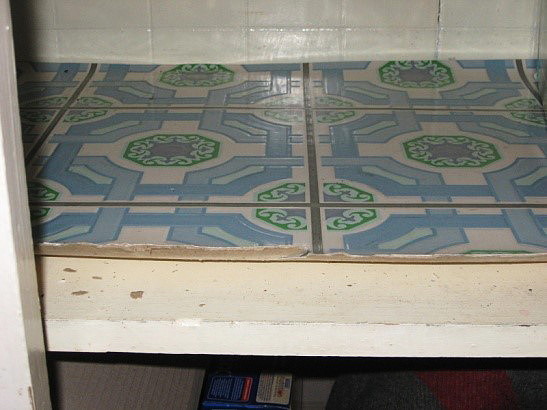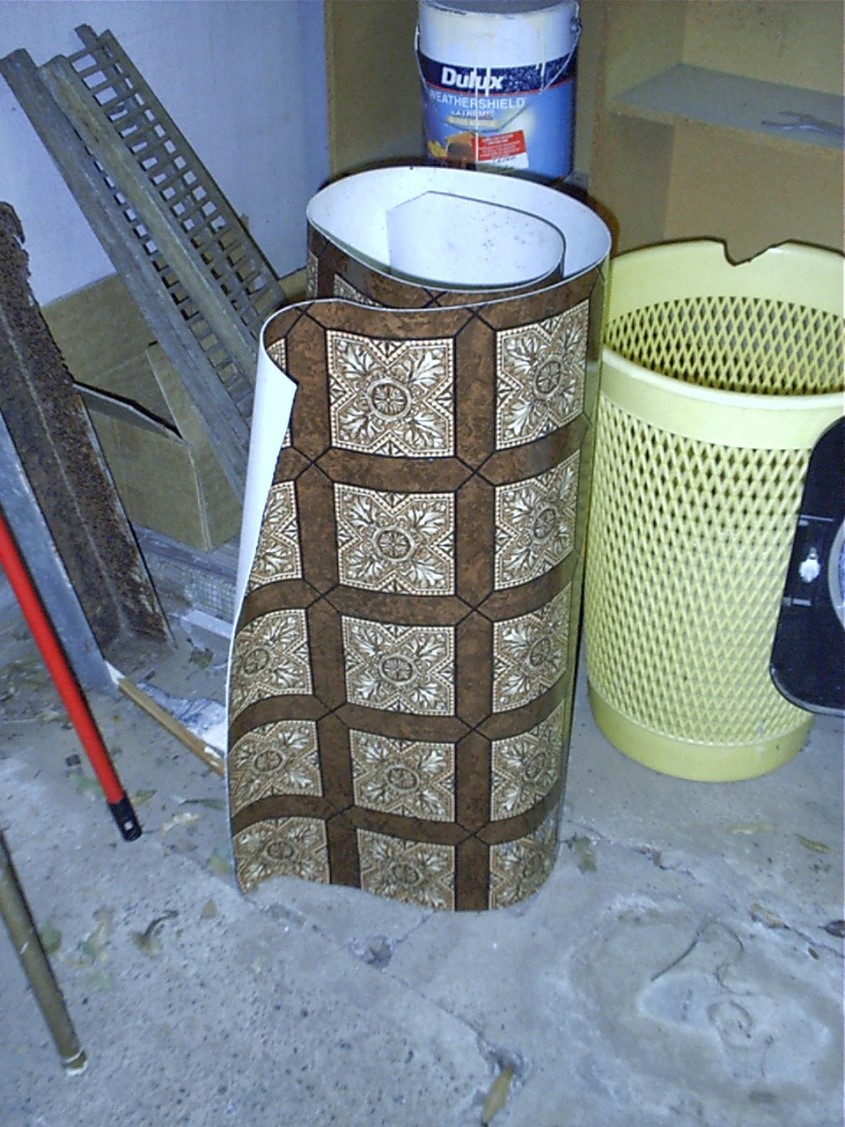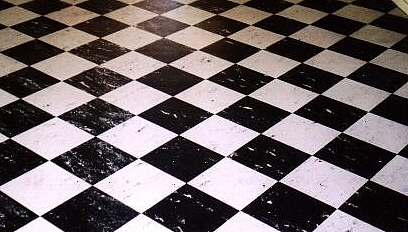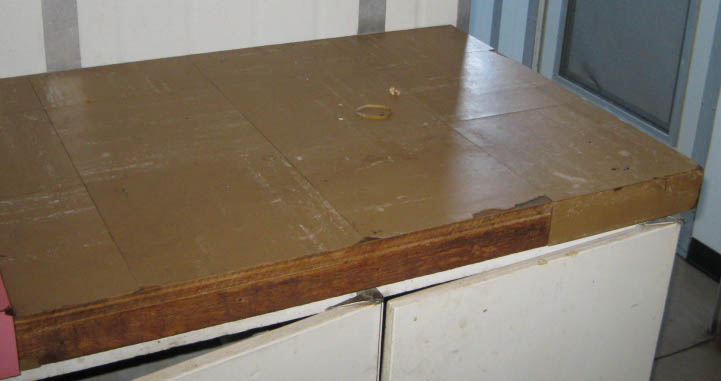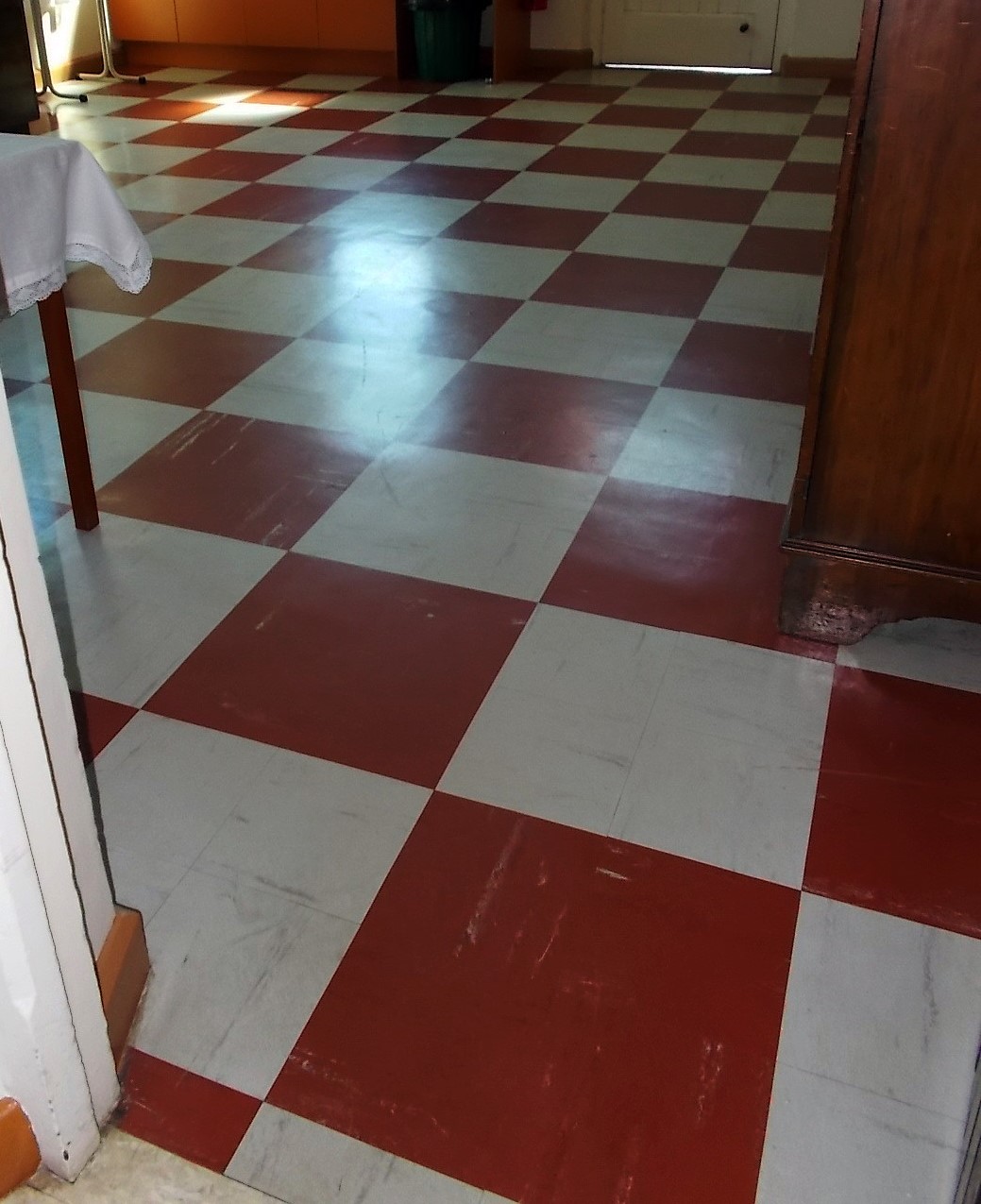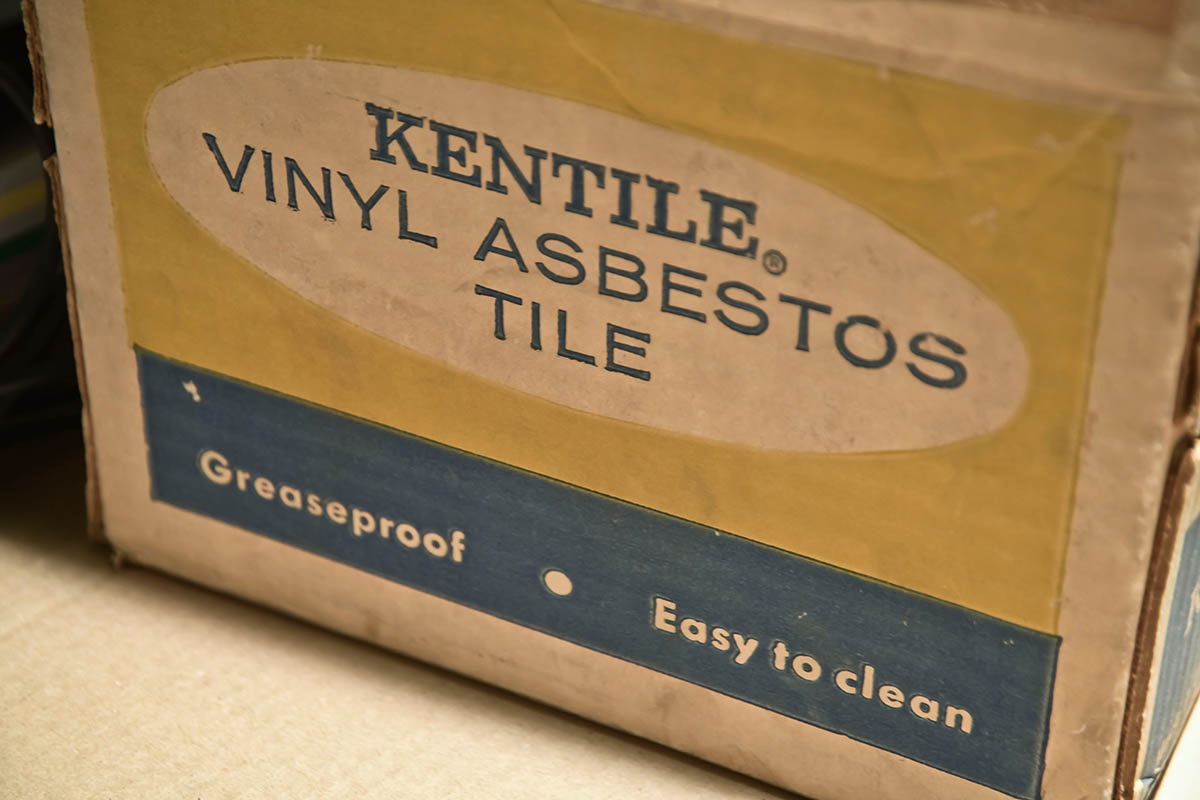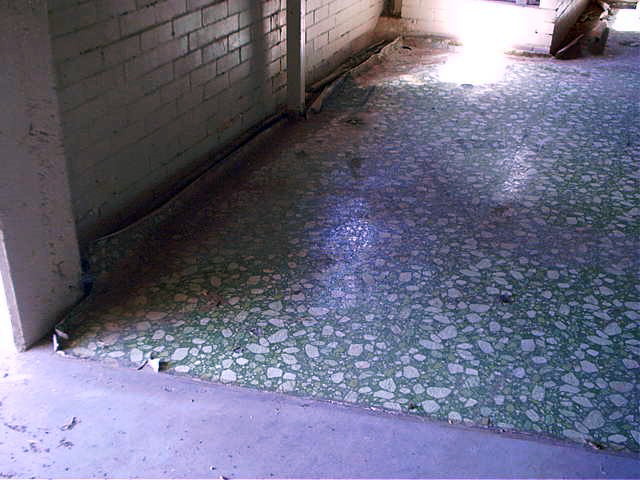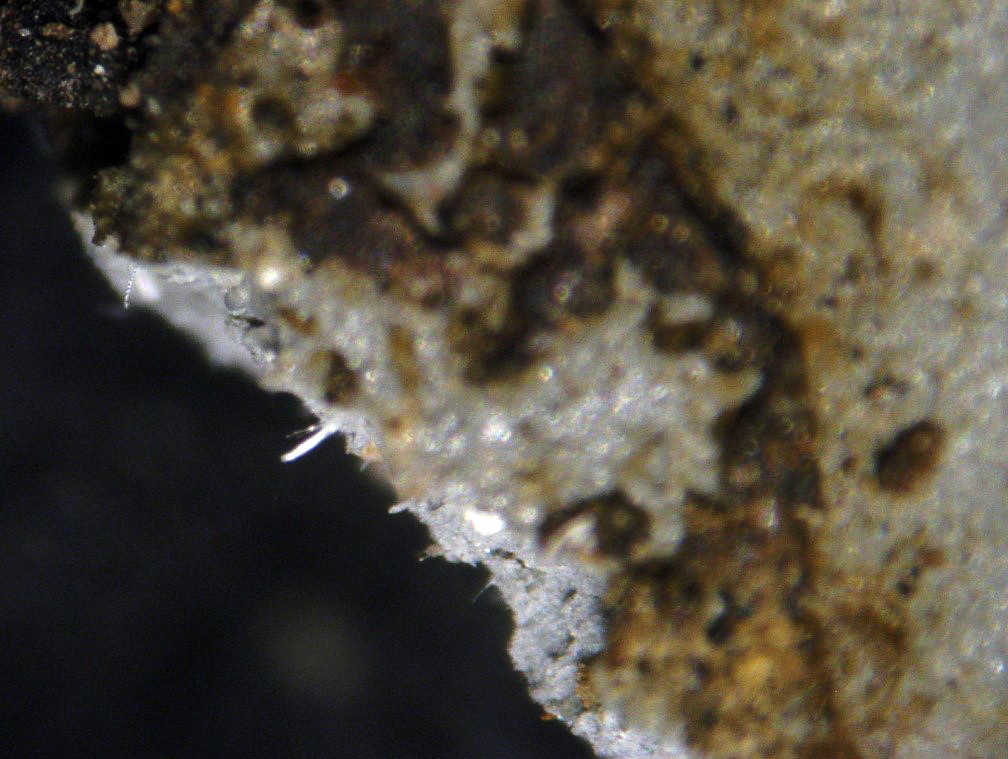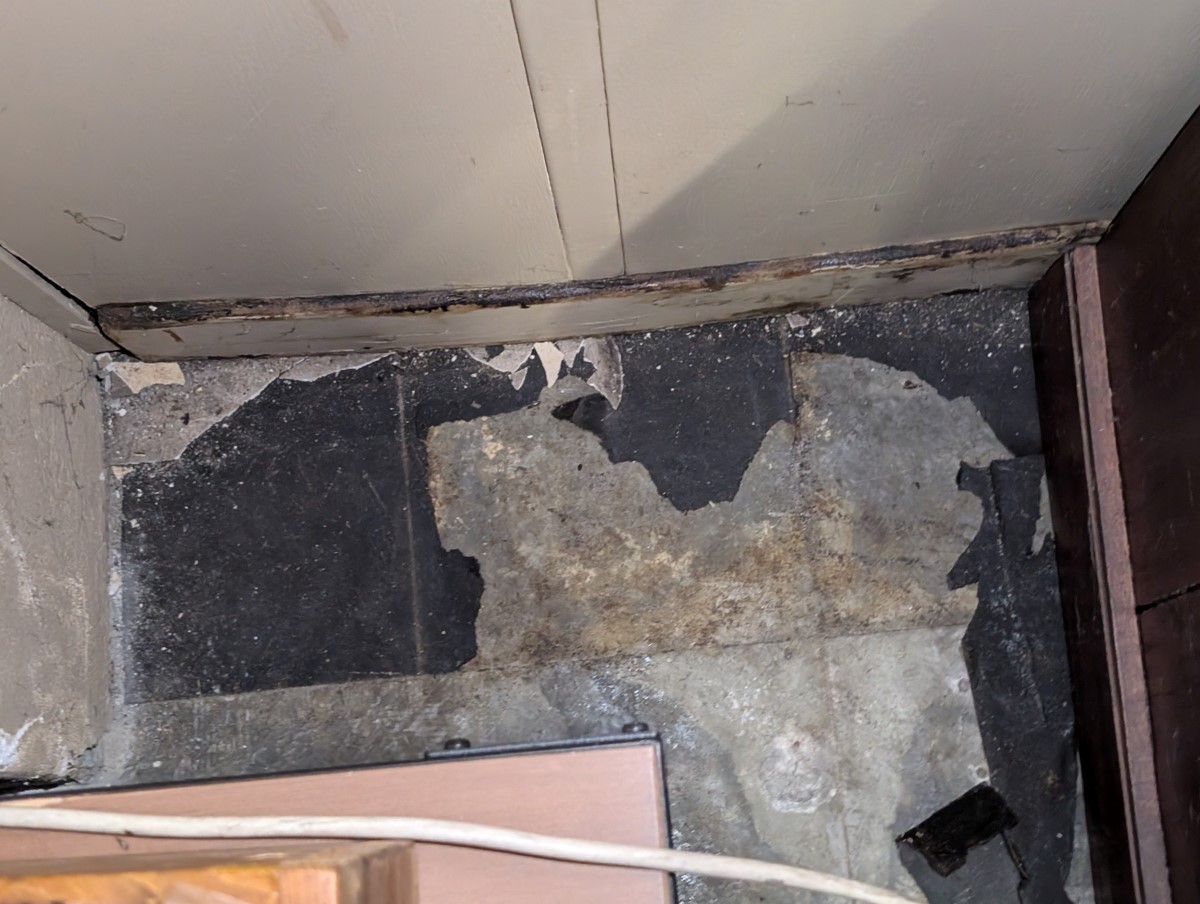Home / Building Structures & Components / Floors
Bituminous membrane – felt rolls and compounds
Description
Used for waterproofing and termite prevention, as well as a durable underlayer below carpet or flooring such as linoleum or vinyl.
Applied as a rolled on felt and a bitumen paint compound applied over top or just a painted compound.
Some product had asphalt base and appearance.
Mid-20th Century applications were coloured (red or slate) and allowed use as the top layer flooring. Advertised as having acoustic qualities and being polishable.
Advertised for use on timber and concrete.
May have appearance as that of thick adhesive.
Some products were coloured with complementary lacquers: red, blue, brown and green.
Brands/products
- Ormonoid
- Lastoleum
- Pabco
- Mastipave
Years of production/use
1900s – 1970s
Residential uses
Layer under linoleum, kitchens, bathrooms and laundries.
Industrial uses
Office and commercial flooring, tram flooring, plant rooms, factories, plant rooms, laboratories, hospitals, hotels, clubs etc with high foot traffic.
Be aware
May be covered by multiple floor coverings over time.
May be mistaken for asphalt rubber compound.
See also: Chemicals/adhesives.
